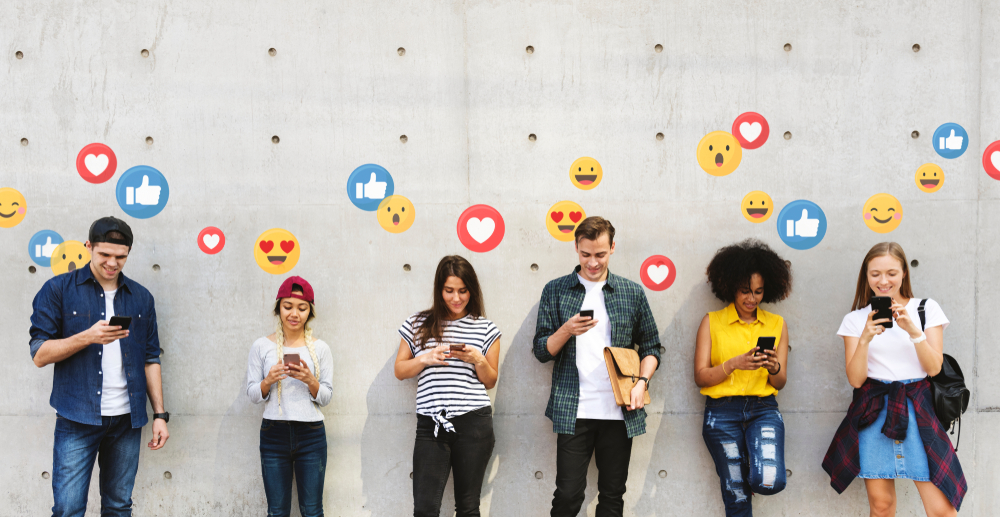Remember lounging on a rainy Sunday in Richmond, pressing “Play” on your favourite drama and drifting off to half-remembered plotlines?
Those days of purely passive viewing haven’t quite vanished, but they’re definitely on the wane. Audiences today crave participation—snap-to-it moments that demand a response, not just a recline.
Active Over Passive
It isn’t just me noticing this. YouTube premieres let fans chat in real time; Twitch streamers talk back; even live casino streaming formats now mirror the genuine buzz of a bricks-and-mortar casino floor. There’s something undeniably magnetic about knowing that as you watch, you could be shaping the outcome, influencing a poll, or simply high-fiving a stranger’s emoji in the chat.

But why the pivot? Partly, it’s a reaction to our always-online world. Passive scrolling—be it Netflix, social feeds, or podcasts—has edged toward fatigue. We’re saturated. Instead, we want an active role: to vote in live talent shows, to see our comments pop up in webinars, to feel we’re part of a shared moment rather than a lone sofa spectator.
The Tech Twist
Technology, as ever, has fuelled this shift. Broadband speeds soared, apps became slicker, and platforms devised ways to synchronise millions of viewers without that annoying lag. In fact, the global live streaming market is expected to reach $345.13 billion by 2030, growing at roughly 23.0% from 2024 to 2030—a clear signal that “live streaming changed entertainment” isn’t just a slogan but an economic juggernaut.
Meanwhile, here at home, YouGov reported that around half of UK adults tuned into live-streamed content last year, up from closer to 34% in 2020. It’s not just our evenings that have rebooted; it’s how we choose to spend them.
Social Sparks and Shared Moments
There’s a sociable core to real-time events. Take the latest reality-TV finale with live vote-ins, or that immersive theatre performance where actors improvise based on audience prompts. Even something as niche as live cook-along sessions—where you bake parallel trays of scones with a chef broadcasting from their kitchen—feels more engaging than a static recipe video.

Heck, you might find yourself swapping flour-dusty selfies on Instagram while the show’s still rolling. This communal vibe addresses a very human itch: connection. Passive content can’t offer that immediate back-and-forth, the little moments of surprise when a host calls out your username or when viewers share a collective gasp at a plot twist.
On-Demand, But Make It Live
One might argue streaming’s point was precisely “on demand,” so why embrace live? The allure lies in urgency and authenticity. Pre-recorded shows can be polished, but they’re also finite, editable and—let’s face it—sometimes predictable. Real-time experiences crackle with unpredictability. A technical glitch, an off-script asides, or an unexpected cameo all become part of the fun.
Even serious events—virtual conferences, product launches, charity fundraisers—leverage live hooks to snag attention. People linger longer, engage more deeply, and remember the experience rather than simply consume it.
So next time you’re deciding between another box-set binge or an entertaining livestream, consider this: are you after comfort, or the kind of thrill that comes from being there, right now?
What’s been your most memorable live experience? Do comment below—it’d be great to hear which real-time moments you wouldn’t want to rewind.





